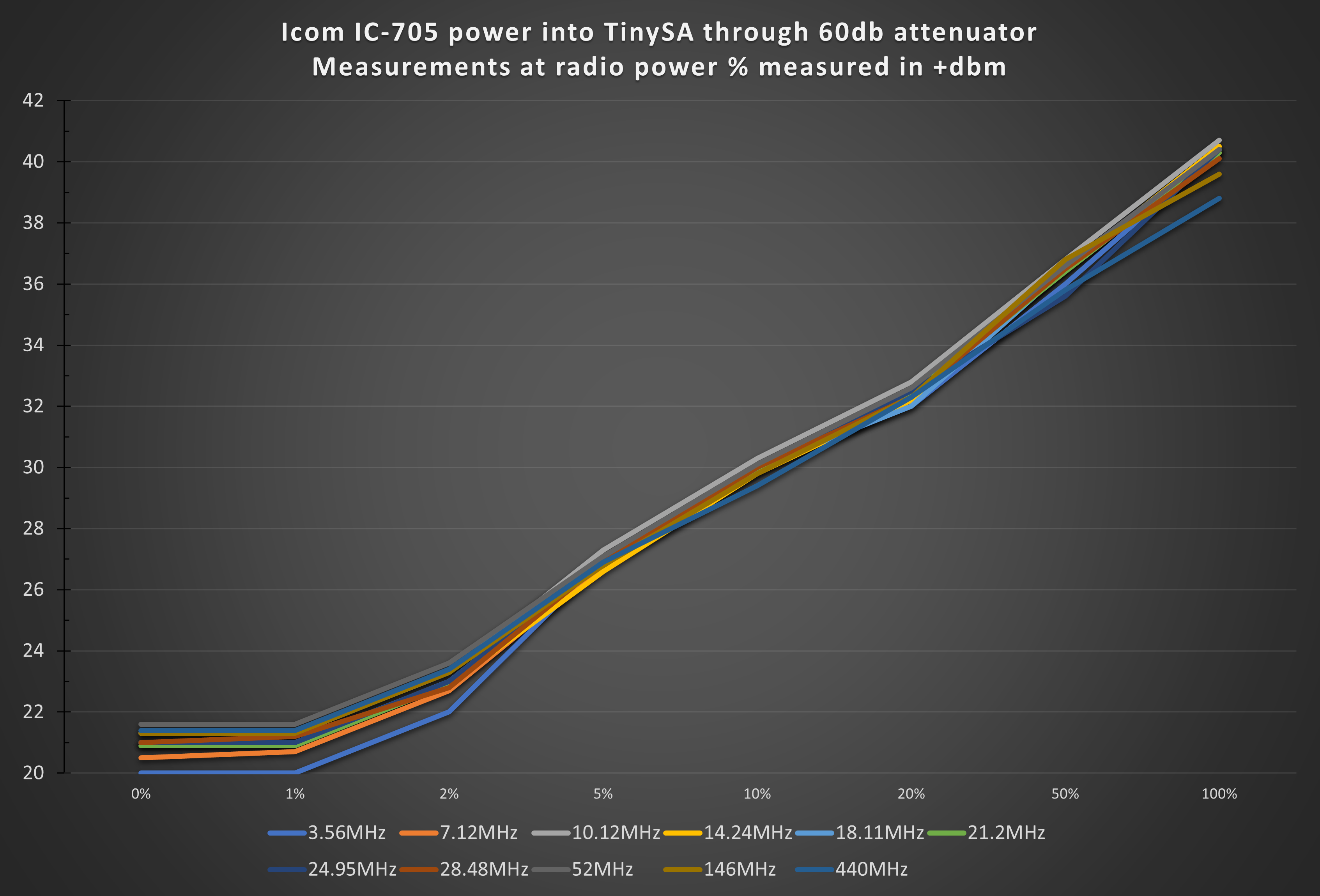Yeah, is a Pico... $5
v81
This is already happening with smart phones.
Here I am on my phone. I do not desire this format. And nothing you have posted suggests that anyone wants this format.
All it shows is device, not preference.
Anytime something is recorded wide screen my wish is that it remains in that format, regardless of platform I am on.
If I'm on my phone it takes less than half a second to rotate my screen and view as intended, on my desktop I can't do that.
Also in this case quite a bit of the original was lost, seeing the YouTube version is much better.
Still using the buds I got with my galaxy S4. They've outlasted 4 sets of BT buds.
LoL... Really?
1 number apart, but considerably different. Sure.
Difference between x5 and x7 maybe. To pass x6 a device must be submerged to a depth of 1m for 30 minutes.
IPx7 is for a device intended to operate permanently submerged. So not a phone.
That fact your picking the difference shows you don't know the difference.
IP67 is just a marketing gimmick. I'd be impressed if a phone with this rating would endure 12 months submerged and still function. Who needs this anyway?
Galaxy S5 was IP67 with a headphone socket, removable battery and dedicated microSD card slot. Others have also existed. Taking like adding a headphone socket costs more than 5 cents is stupid.
I'm a Bluetooth buds convert now, but I'd still like the choice.
Have had this issue myself asking with other DD card related issues.
I can't understand why the pi foundation persist with using SD as the only physically practical storage option.
They're looking post the point of needing a way to snap on reliable EMMC storage, as a default, in a way that doesn't leave a cable or something permanently plugged into a USB port.
Sure, USB is a fine option, but I hate that it's only an option and not a designed default.
Most of us only need 8GB or so for the OS, 8GB or good quality durable EMMC should hardly cost anything.
Other tiny computers and even economy notebooks and Chromebooks already use this.
So you'd need 10,000 of them to generate 1 watt.
Sounds useless.
Don't know why I could not see this repply until today. It's been ascertained that chirp is not in the repo for Raspian Linux, so indeed that option never worked.
Home ownership is 2024

Sad thing is there is no way to securely communicate via ham radio.
But I'd be fully open to going pirate!
And with regard to unlocked bootloaders, I think it's the manufactures wanting to lock away choice and options that is the issue more than the government.